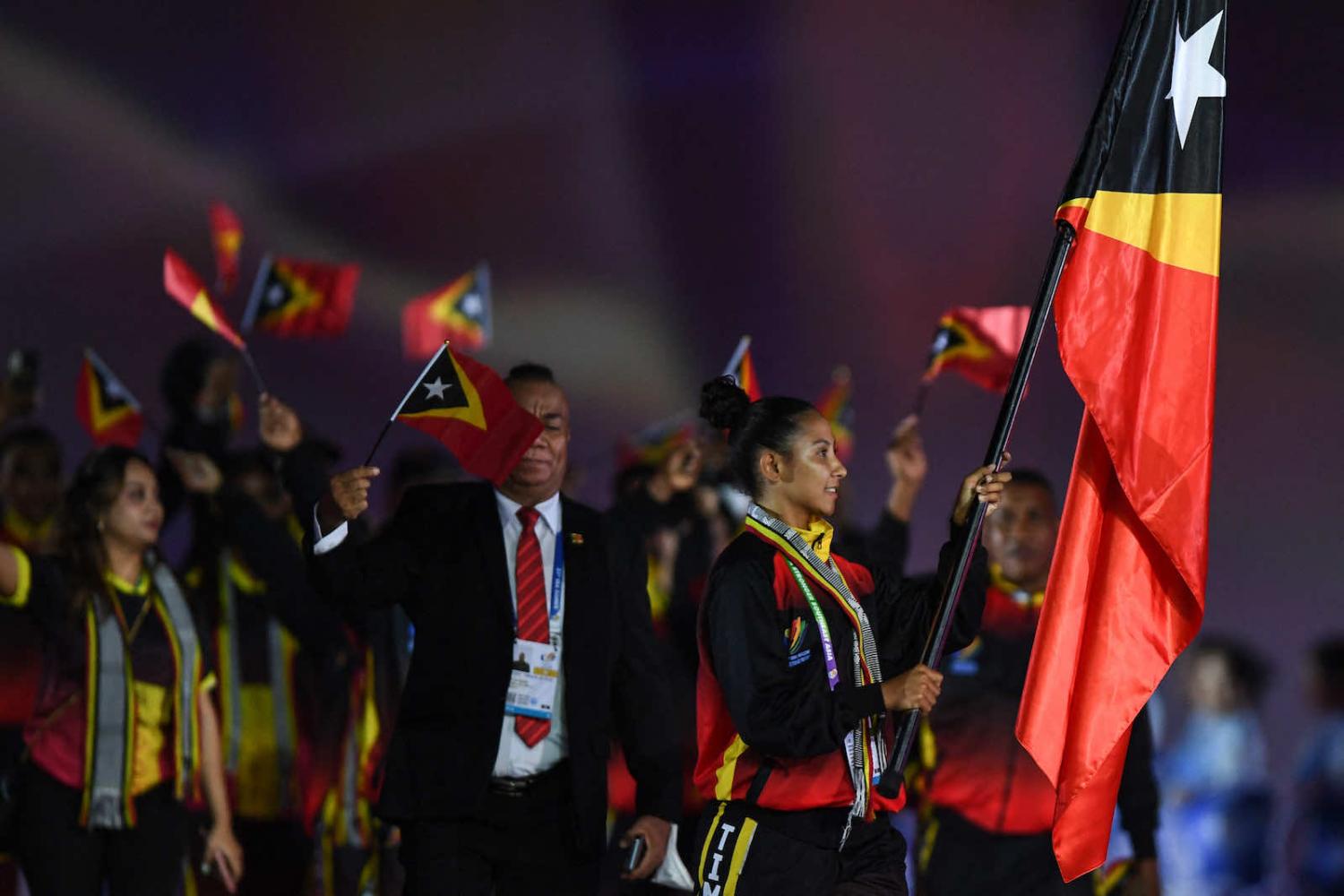This week, Timor-Leste will celebrate its 20th anniversary as an independent nation and inaugurate Jose Ramos-Horta as its new president. Since re-gaining independence in 2002, the world’s third-youngest nation has built a functioning state and vibrant democracy from near-scratch amid trials and tribulations that would challenge any nation.
Timor-Leste should be lauded for its admirable achievements, but not at the expense of ignoring the significant economic challenges ahead that could undo much of what it has accomplished. The country’s future may hinge on one question – can it sufficiently diversify its economy and create enough jobs for its young and growing population?
Two subsequent questions provide insight into what the answer might be.
Timorese leaders are well-aware of the “Resource Curse” – will the country fall victim to it anyways?
Much has been written about the “Resource Curse” that has historically afflicted nations that depend on oil and gas for economic growth and state revenue. Its perils have been acknowledged repeatedly by Timorese leaders, who have sought to diversify the economy while simultaneously developing new sources for oil and gas revenue.
Since the mid-2000’s, the country has depended on the Bayu-Undan field, which is projected to run dry next year. Timorese leaders foresaw this and, in the mid-2010’s, shifted their gaze towards developing the Greater Sunrise field, which would provide much-needed ballast to the economy over the next two decades and buy more time for diversification. There has also been talk of carbon capture projects and onshore deposits, but their prospects seem dubious at this stage.
If Greater Sunrise and Tasi Mane don’t pan out, the country will miss out on much-needed revenue and must find other ways to fill the void by growing other sectors of the economy.
Efforts to develop Greater Sunrise, however, have been beset by disagreements over processing, with key leaders advocating for onshore processing in Timor-Leste via Tasi Mane, a megaproject meant to build the necessary infrastructure from scratch. The present government paused the development in 2021, but it may resume with Horta’s ascension to the presidency.
Questions linger about whether Greater Sunrise and Tasi Mane will deliver their promised returns. Officials from the state oil company claim that production from Greater Sunrise will start by 2030, but that seems optimistic. Tasi Mane’s $18 billion price tag necessitates foreign investment, which has yet to be secured due to stubborn uncertainties about the project’s viability. Even with the president-elect promising to step up the search for financing, the needed funds may not be forthcoming.
Processing could hypothetically be shifted offshore or to onshore facilities in Australia, but doing so in practice is a different proposition and Timorese leaders seem set on domestic processing. If Greater Sunrise and Tasi Mane don’t pan out, the country will miss out on much-needed revenue and must find other ways to fill the void by growing other sectors of the economy.

Efforts to diversify the economy have stagnated – will they ever produce the desired results?
Since independence, the Timorese have sought to diversify the economy and reduce their reliance on oil and gas. These efforts – which have drawn substantial international support over the past two decades – have largely focused on coffee, tourism, and agriculture.
In lieu of domestic growth, Timorese have started leaving the country for work in greater numbers.
To date, the results are not encouraging. Coffee holds potential, but producers face tall market access hurdles. Pristine ocean diving and natural wonders should bolster tourism, but the country is difficult to visit. Agriculture provides important subsistence, but climate change is altering farming cycles. All three sectors face structural barriers such as land reform and dilapidated infrastructure that, among other factors, put Timor-Leste near the bottom of the World Bank’s annual Doing Business report.
With that said, context is important. Diversification takes time and the country started from a dismal base. Indonesian-backed militias destroyed much of its infrastructure during Indonesia’s departure in 1999, after all. Nonetheless, diversification efforts need to be stepped up – and fast. To start, the Timorese government should foster a more certain regulatory environment and international donors should better tailor their support to Timorese realities.
In lieu of domestic growth, Timorese have started leaving the country for work in greater numbers, with remittances growing into one of the largest sectors. This is no way to build an economy, though, as it leads to brain drain and sabotages economic, political, and social development. But, if jobs aren’t created in-country, Timorese will migrate in even larger numbers, exacerbating the negative effects of remittances.
Can Timor-Leste sufficiently diversify its economy and create enough jobs for its young and growing population?
If Timor-Leste is to answer this in the affirmative, it needs to buy more time for adequate diversification and growth. To do so, Greater Sunrise – and Tasi Mane, for that matter – need to deliver on promised economic benefits. If this doesn’t happen, the country will face an economic reckoning, likely in the late 2020’s or early 2030’s, that shakes its foundations.
Throughout history, economic upheaval has led to instability, violence, and changes in government. Late 1990’s Indonesia comes to mind. An outcome of this nature in Timor-Leste far from a foregone conclusion, but signs of concern are already evident. Timor-Leste and its international partners need to start addressing them now – if they don’t, everything the young nation has accomplished could be undone.

